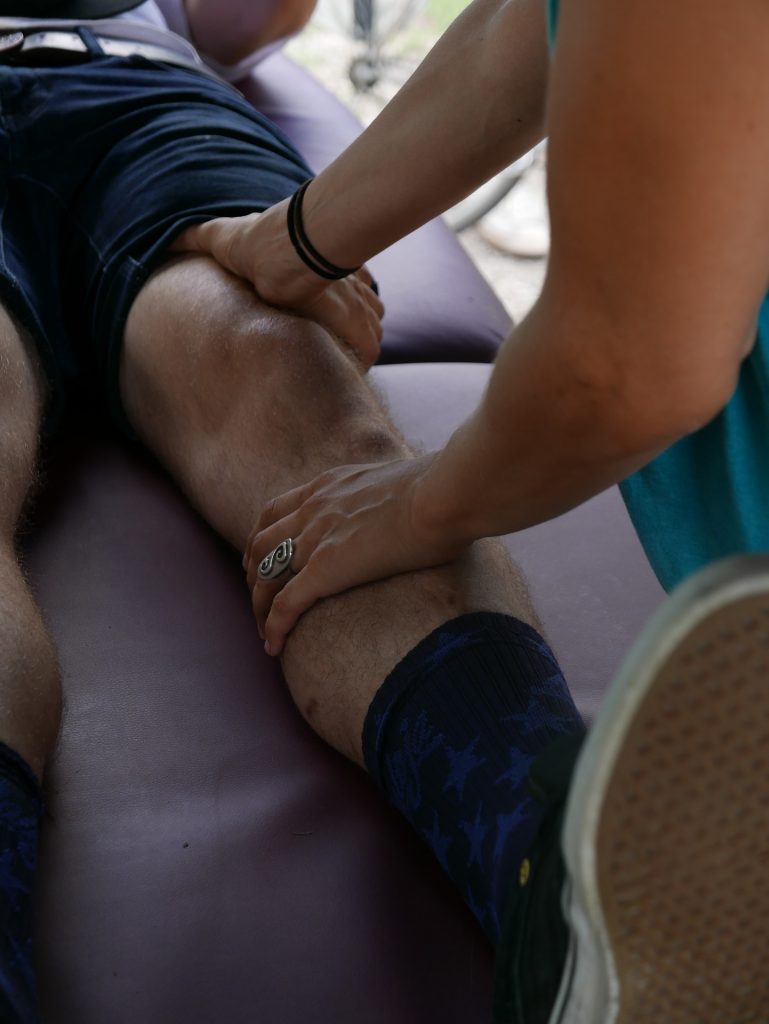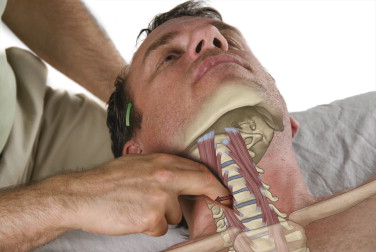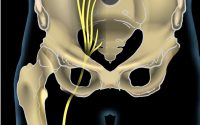Massage and Post-Exercise Recovery
Massage as a post-exercise recovery for athletes is not new. And new scientific findings seem to support the use of massage as a post-exercise therapy, according to Thomas Best from University of Miami and Scott Crawford from University of Nebraska in an editorial published in the October 2016 issue of British Journal of Sports Medicine.
Physiological Mechanisms…
The scientific literature on post-exercise massage in the last decade has provided a plausible biological explanation. Clinical studies have shown that massage mediates leucocyte migration and lessens the inflammatory response to exercise, as well as decreases pain, muscle tone, and hyperactivity. Research studies have also shown that massage mediates molecular processes linked to inflammation, specifically by decreasing nuclear factor κβ (NF-κβ), various pro-inflammatory cytokines, and tumour necrosis factor-α. The demargination (process of neutrophils entering the peripheral circulation or circulating pool from marginating pools) of leucocytes is hypothesised due to increased peripheral blood flow and blood perfusion.
Studies Show That…
Animal studies showed significant improvements in peak isometric torque recovery from intense eccentric exercise following four consecutive days of massage. It has also been shown that massage initiated immediately after exercise and massage performed 48 hours after exercise were both effective in reducing muscle edema and decreasing the number of damaged muscle fibers, compared to exercised, non-massaged controls.
These investigations suggest that the reduction in inflammatory cells and pro-inflammatory cytokines by massage can mitigate secondary injury associated with intense exercise, thereby reducing tissue damage and accelerating recovery.
Studies have also shown that shorter sessions of massage (5–12 minutes) were most beneficial in improving performance measures. Whereas other animal studies have shown no difference between the recovery of muscle active properties when the length of the massage session was between 15 and 30 minutes.
Moreover, post-exercise massage might be more beneficial in acute short-term recovery with greater benefits found 5–10 minutes after post-exercise massage compared to 1–6 after post-exercise massage. This hypothesis is consistent with animal studies showing that the sustained effects of massage on the reduction of tissue stiffness over multiple days were not as great compared to the immediate effects directly after the massage.
More Research Needed
Although there appears to be increasing evidence that molecular changes occur within skeletal muscle following massage, the effects of these changes on clinical markers of performance are less clear. The effects of multiple bouts of massage, either daily or at regular intervals over the course of an athletic season, still need further investigation. In addition, the training level of the athlete may also play a role in determining the effectiveness of post-exercise massage as a recovery modality.


